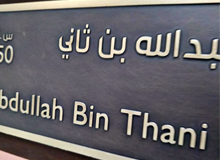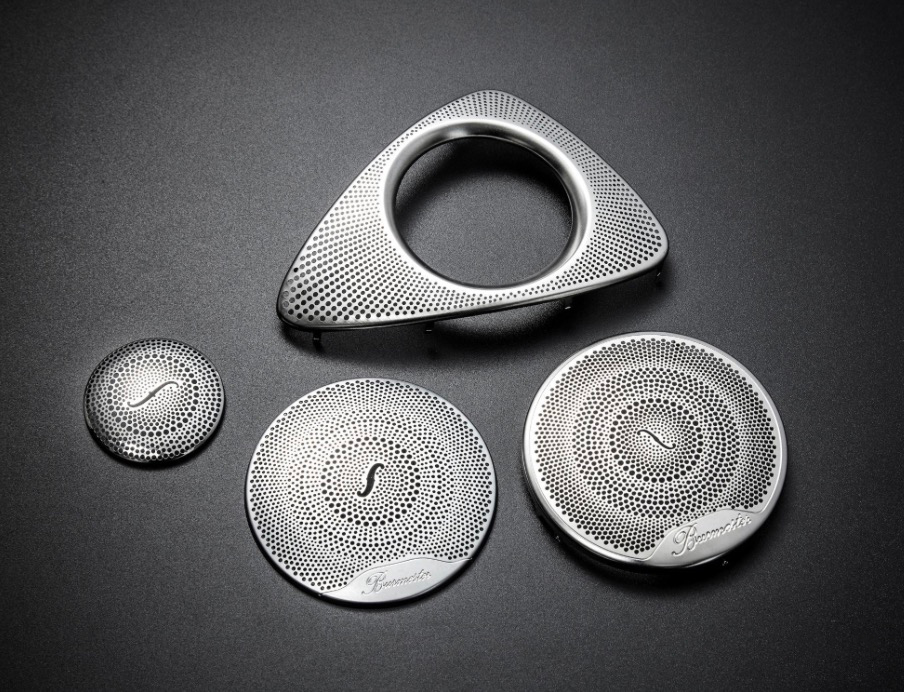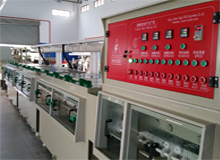PCB Stripping Technology Explained
PCB stripping machines are essential equipment in the printed circuit board manufacturing process. These systems remove unwanted photoresist or solder mask after the etching process, revealing the final circuit pattern. The efficiency and precision of stripping directly impact the quality and functionality of the finished PCB.
Key Features of Modern Stripping Systems:
Today's advanced stripping machines incorporate precision spray nozzles, temperature-controlled chemical solutions, and efficient drying systems. Modern equipment ensures complete removal of photoresist without damaging the underlying copper circuits. The most sophisticated systems feature automated conveyor speeds, chemical concentration monitoring, and integrated water recycling.
Applications in PCB Manufacturing:
- Inner Layer Processing: Removing photoresist after circuit pattern etching
- Outer Layer Finalization: Stripping solder mask from contact points
- Solder Mask Application: Removing excess solder mask from designated areas
- Rework & Repair: Targeted removal of coatings for PCB rework
- Multi-layer Boards: Precision stripping for complex PCB designs
Applications in Metal Etching:
- Decorative Metal Finishing: Removes protective resists after acid etching to reveal intricate patterns on jewelry, artwork, and architectural elements.
- Industrial Component Manufacturing: Strips masking films from precision parts like aerospace components, medical tools, and automotive parts post-chemical milling.
- Nameplate & Signage Production: Cleans etching resists from metal plates to expose engraved text/logos for industrial labels and decorative signage.
- Rework & Repair: Targeted removal of coatings for PCB rework
- Filter/Mesh Manufacturing:Removes masking materials after chemical etching of precision meshes and sieves for filtration systems.











